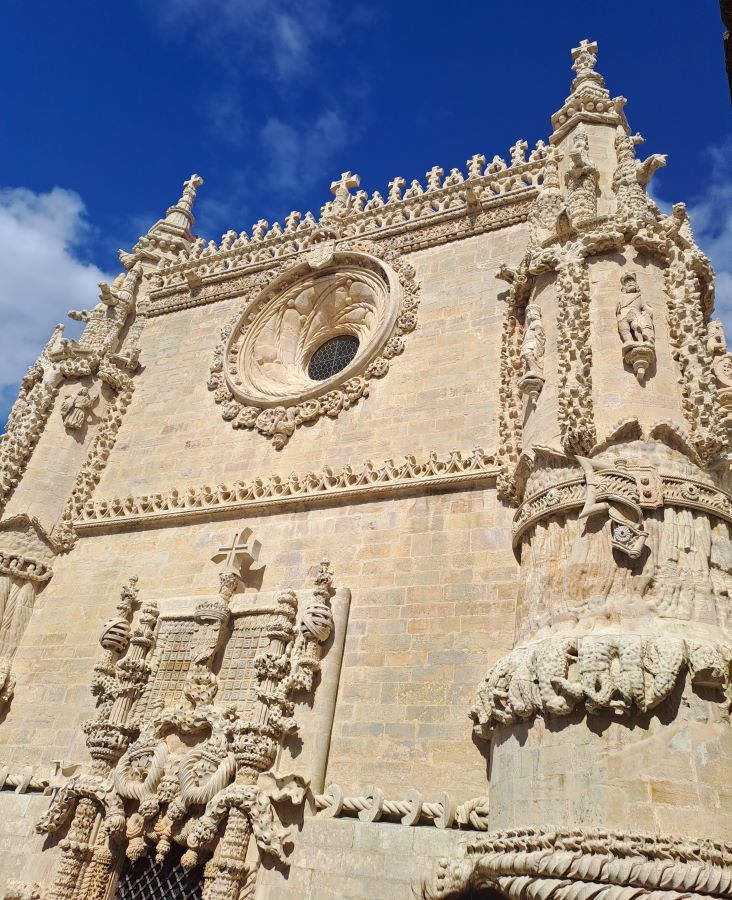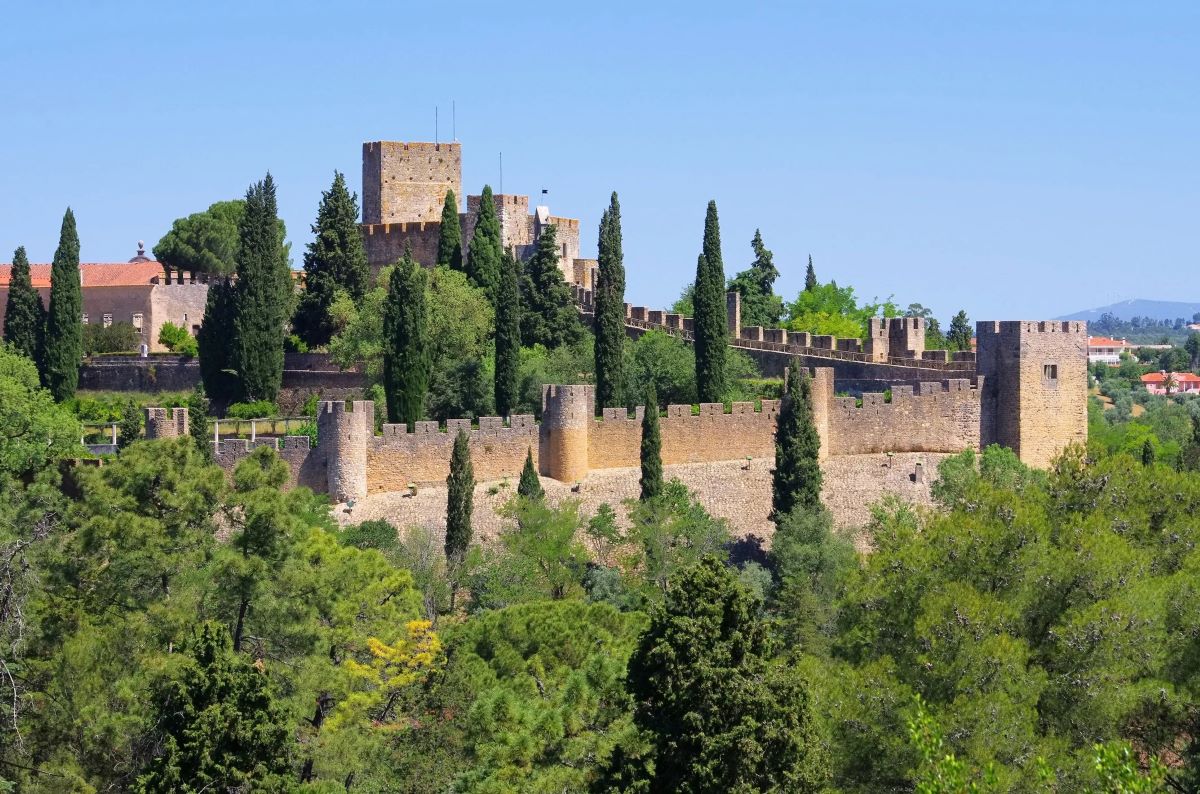On 21 May, the Club took a trip to Tomar, the city of the Templars, crossed by the River Nabão, one of the most beautiful in the Ribatejo region. The city was classified as a World Heritage Site by Unesco in 1983, due to the uniqueness of its Templar Castle and Convent of Christ.
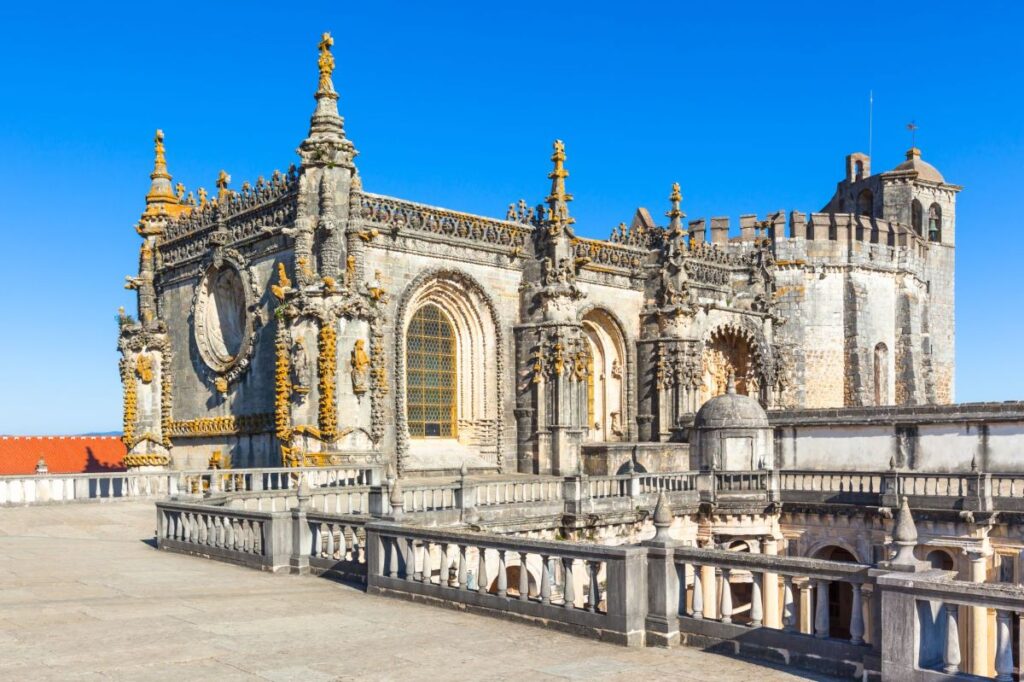

We began our visit at the Gothic-style Church of Santa Maria do Olival, which has been a National Monument since 1910. The church, dedicated to St Mary, dates back to the 12th century and was built by D. Gualdim Pais, Master of the Order of the Temple, and has been the pantheon of the Knights Templar since the 13th century. In the chancel is a 16th-century image of Our Lady of Milk in polychrome stone. To the left of the altar is the Renaissance tomb of D. Diogo Pinheiro, the first bishop of Funchal in the early 16th century.
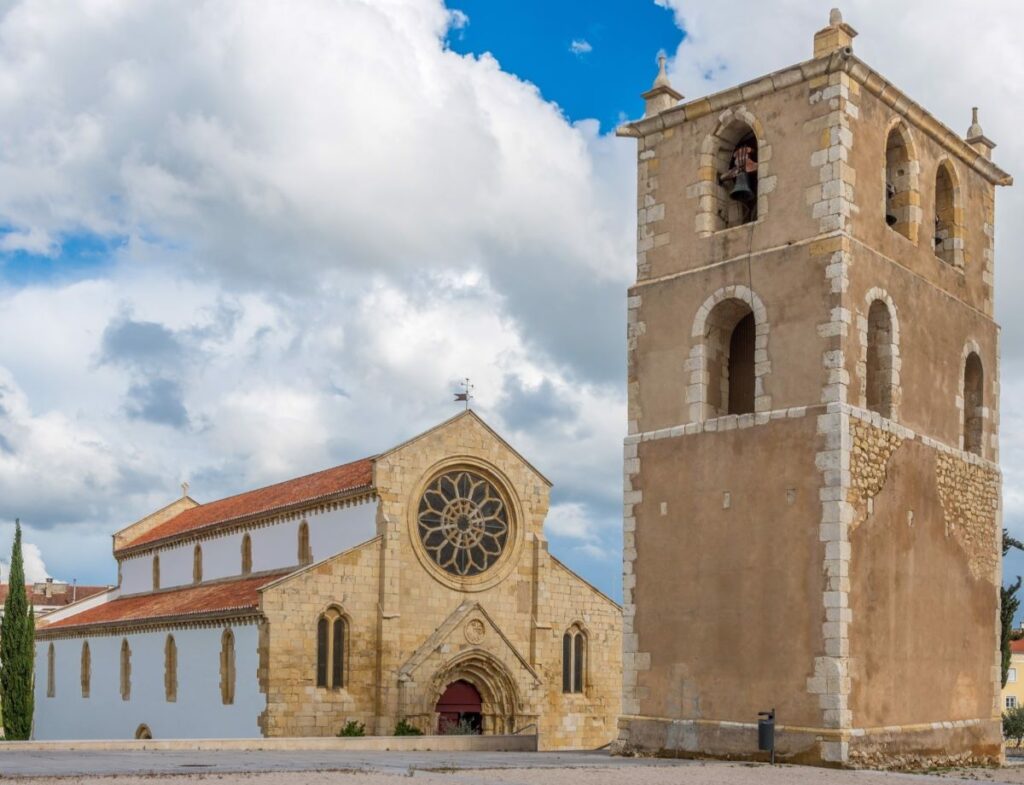
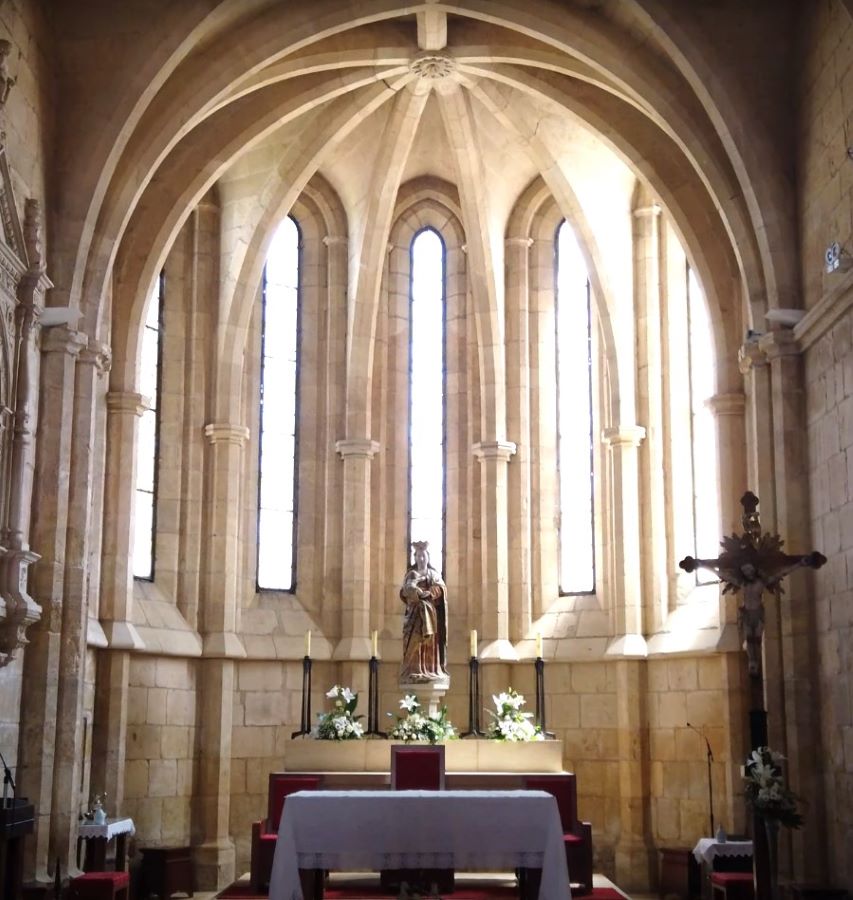
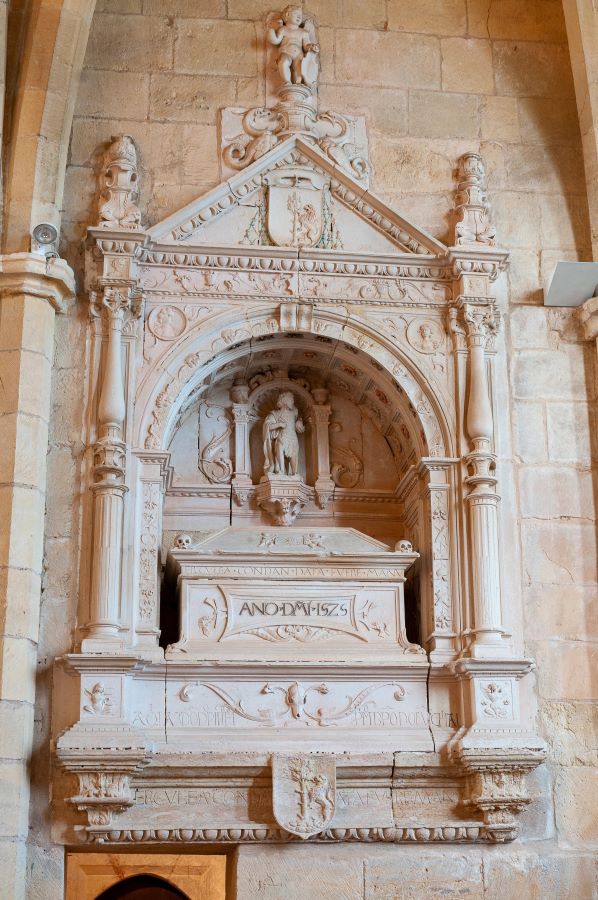

We went on to Mouchão Park, where we saw the Mouchão Wheel, built in 1905 to harness the power of the river’s dams to irrigate the surrounding fields and transport water to the mills, presses and trades that needed it. It is an excellent example of hydraulic engineering.
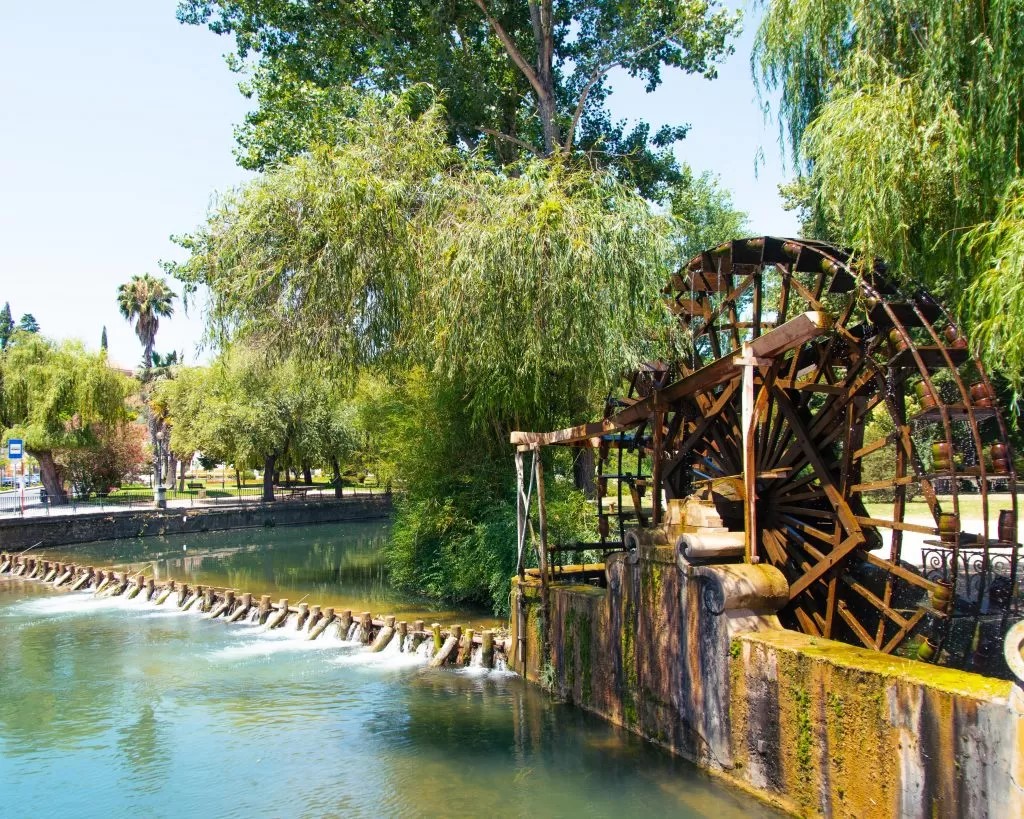
After walking along Corredoura, Tomar’s pedestrianised street with some of the city’s oldest cafés and pastry shops, we arrived at Republic Square, with the statue of Gualdim Pais, the city’s founder, the Mother Church of St John the Baptist and the old Town Hall building.
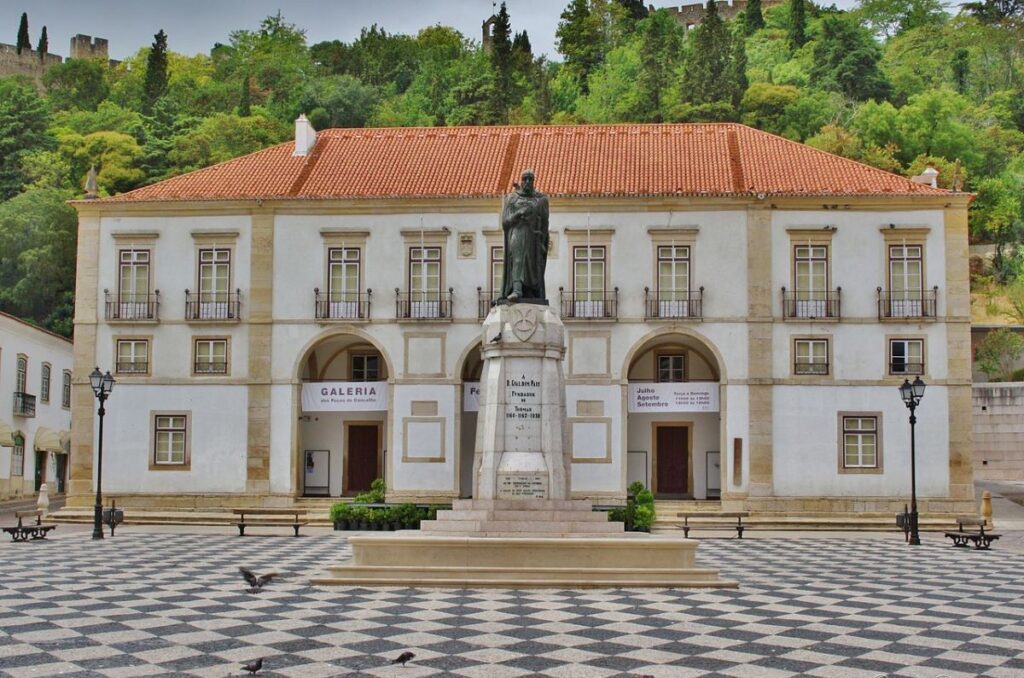
The Church of St John the Baptist, in late Gothic style, was completed at the beginning of the 16th century. The exterior features a Manueline-style portico and a bell tower on the left. Inside, as well as the chapels, it has a series of 16th century panels by the painter Gregório Lopes, one of the best artists of the Portuguese Renaissance.
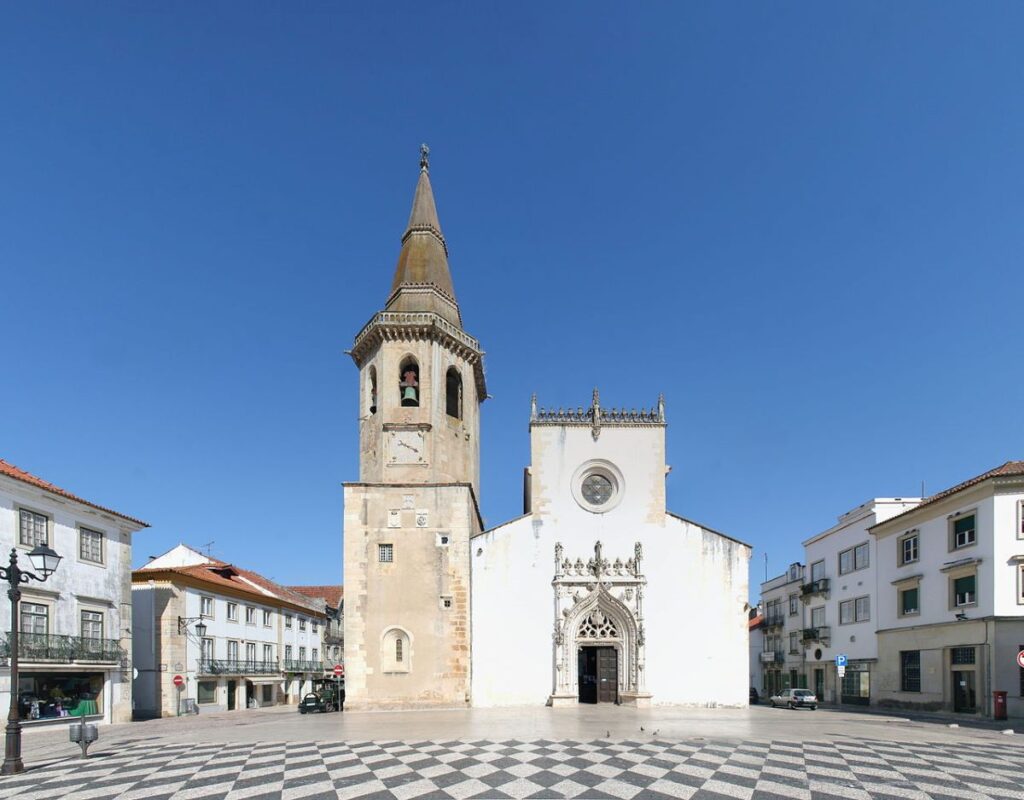
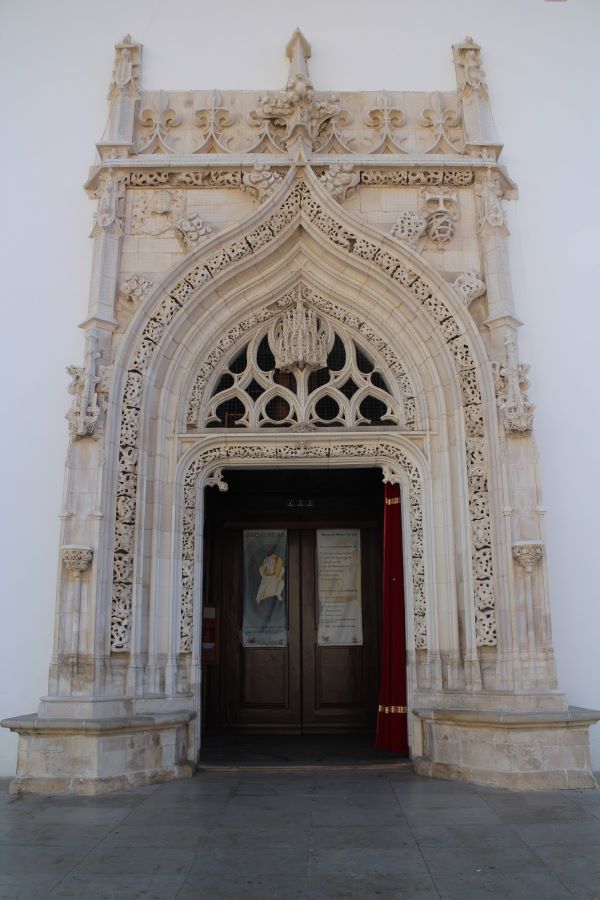
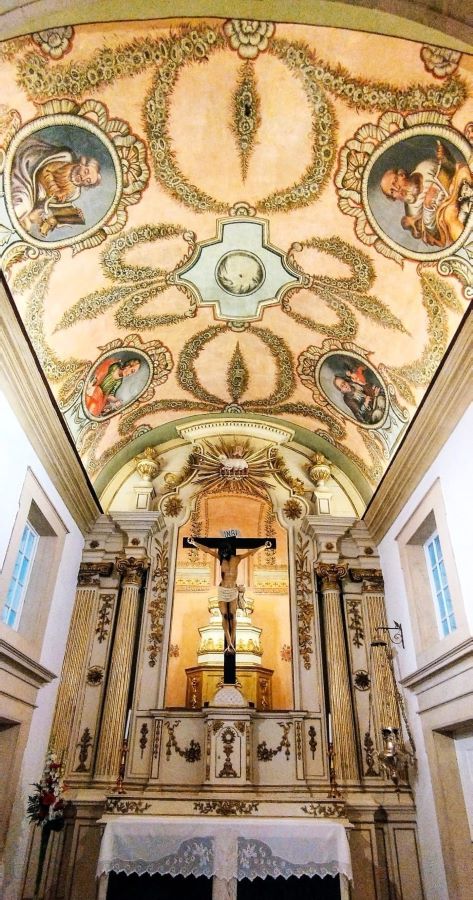
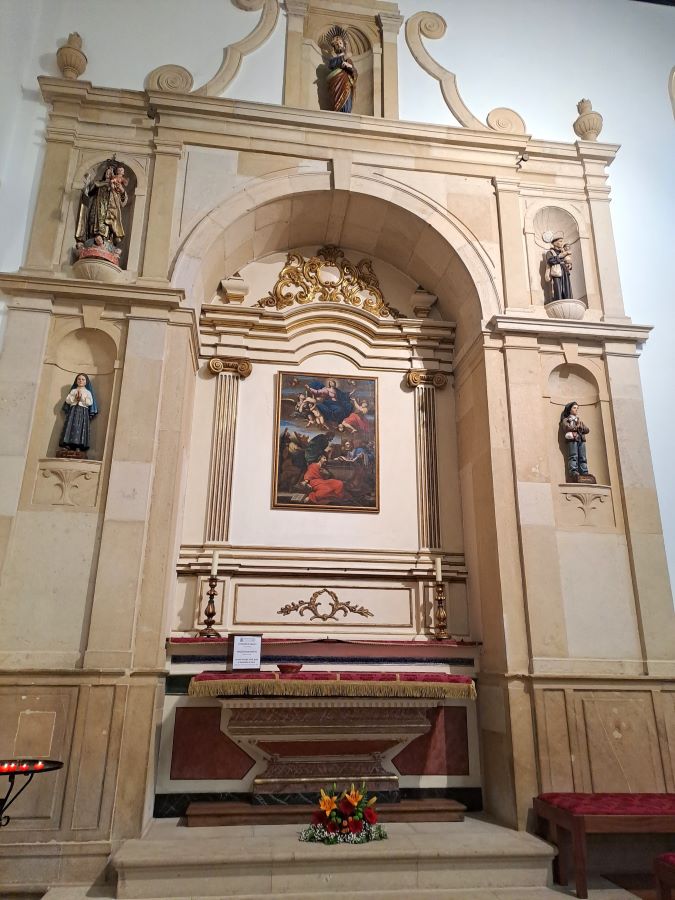

This was followed by a stroll through the narrow, flowery streets of the Jewish quarter and a visit to the Synagogue, built in the mid-15th century, which reveals the importance of the Jewish community living here, their prosperity and financial availability. It is the only proto-Renaissance Hebrew temple in Portugal. Closed in 1496, when the Jews were expelled from Portugal by King Manuel I, it was converted into a prison, later became a place of Christian worship – Ermida de S. Bartolomeu – and in the 19th century it was a hayloft, barn, grocery store and storage room. In 1921, the Portuguese government classified it as a National Monument. Samuel Schwarz, a Polish Jewish researcher of Hebrew culture, bought it in 1923 and donated it to the Portuguese State in 1939 on the condition that the Abraão Zacuto Luso-Hebrew Museum would be set up there.
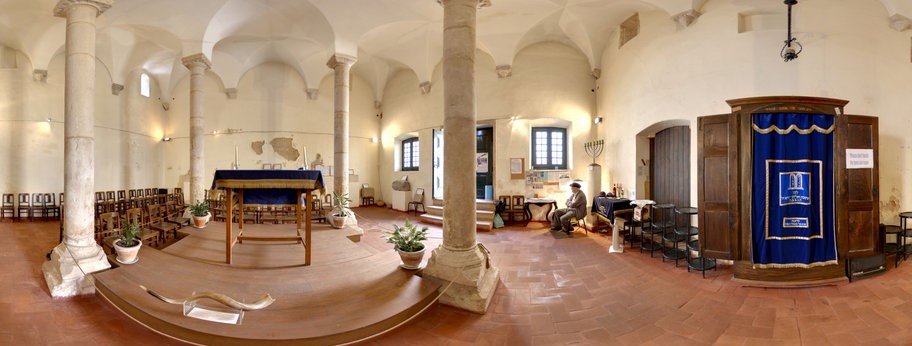
We ended the morning’s tour with a visit to the interesting Museum of Matches, donated to the municipality by the local collector Aquiles da Mota Lima, with more than 60,000 matchboxes representing 127 countries, spread over 7 rooms. It represents paintings by famous painters, historical events, eminent political figures, literature, music, the arts, sport, science, technology and religious personalities, objects, animals, flowers, landscapes, musical instruments and even election campaigns and political propaganda.
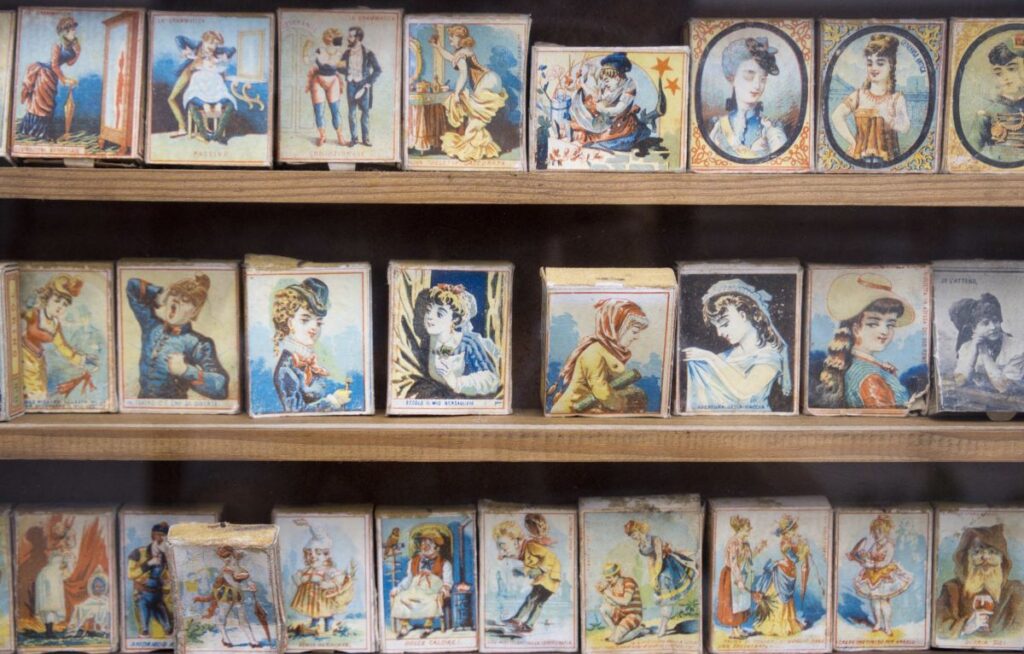
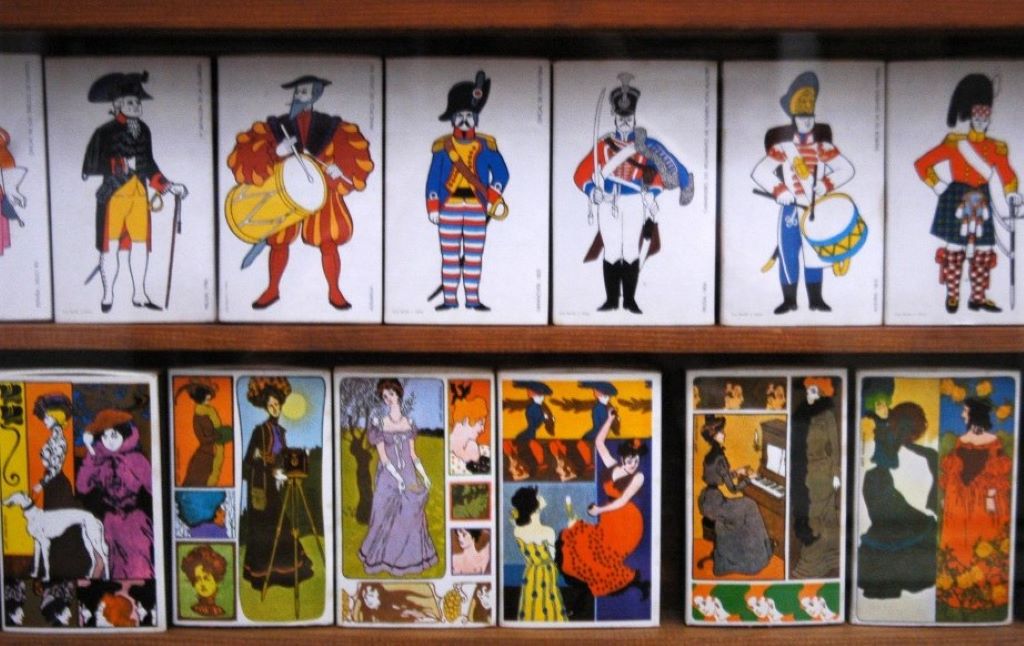
After an excellent and lively lunch at the “O Picadeiro” restaurant, it was time for the guided tour, with an exceptional guide, of the Convent of Christ, classified as a World Heritage Site in 1983. Tomar Castle is part of the great architectural and monumental complex of the Convent of Christ, combining elements from the Romanesque, Gothic, Manueline, Renaissance, Mannerist and Baroque styles. Through various rooms and cloisters, we visited the Alambor and the Keep, the Alcáçova (after being a military stronghold, it was transformed into the manor house of Prince Henry the Navigator), the Joanine Convent, accessed through the D. João III Cloister, and the second Manueline window to the south, until we reached the Charola, undoubtedly the highlight of the visit.

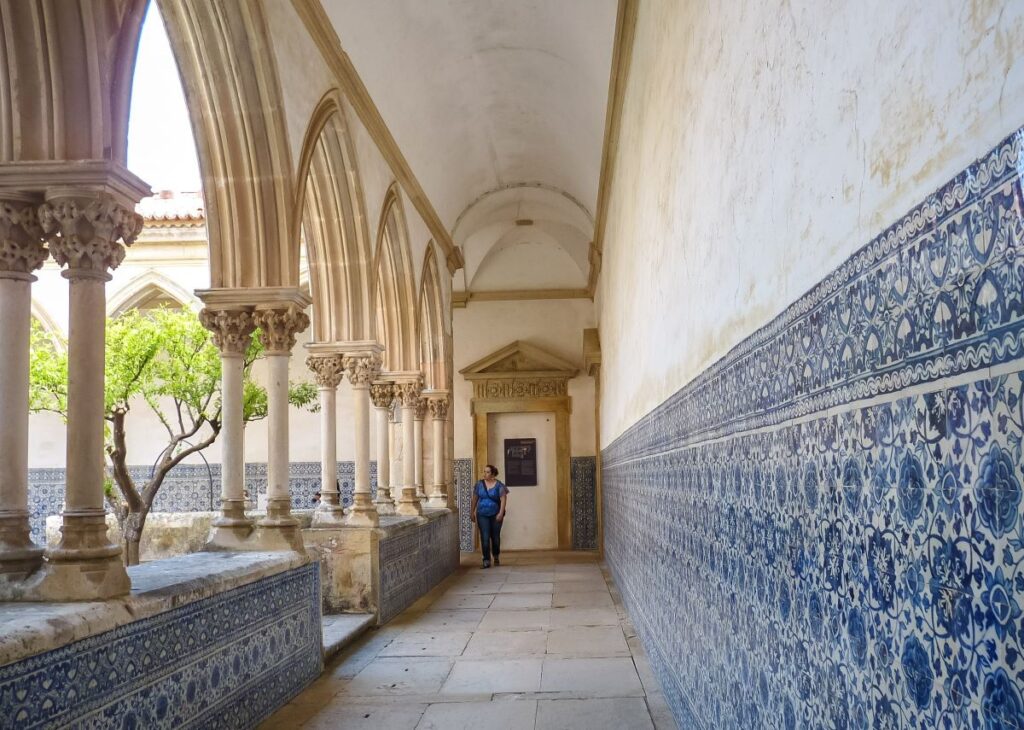
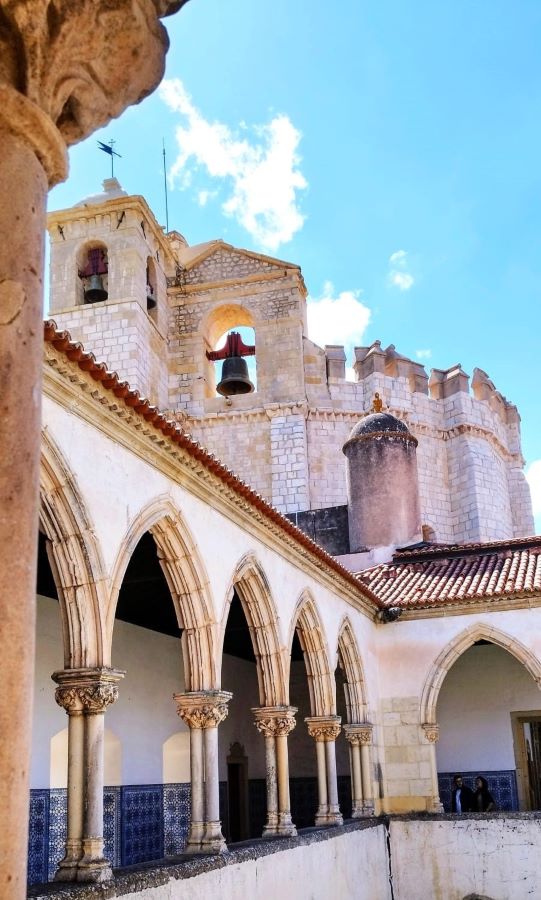
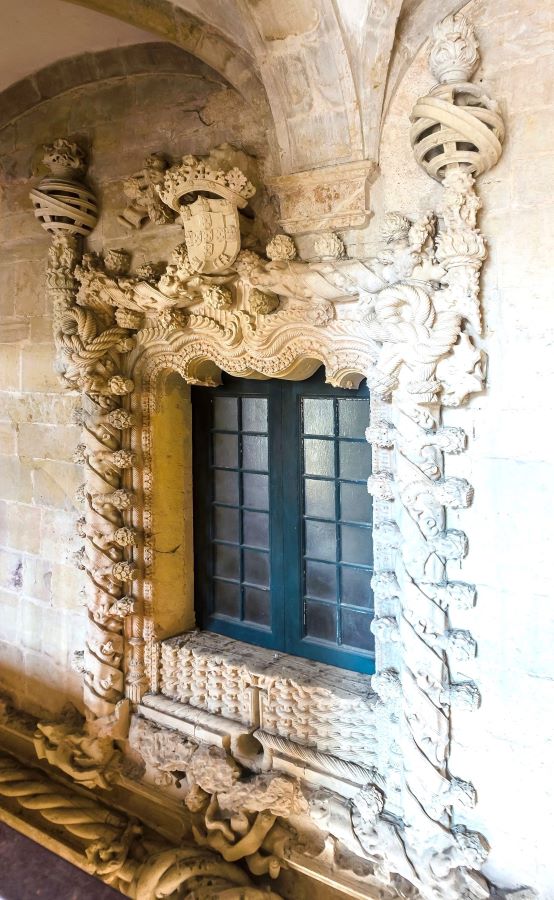
Built during the time of the Knights Templar and completed in 1190, the Charola, dedicated to Jesus Christ and Mary, was the knights’ private place of prayer and remained a religious space throughout all the transformations of the Convent of Christ. In the 16th century, King Manuel I decided to build the Manueline Church using part of the Charola, opening a broken arch and transforming the Charola into a chancel. It is one of the rare roundabout temples in medieval Europe. Architecturally, it presents a confluence of Romanesque and Gothic styles, as well as Manueline decoration and an important collection of 16th century paintings and sculptures. The Charola’s floor plan is based around a central octagonal space, surrounded by an ambulatory. The interior of the central drum is covered by a dome based on crossed warheads of great verticality, and the ambulatory by a barrel vault supported by rounded torus arches. A clear contrast between the heavily militarised architecture of the exterior – sober and devoid of any ornamentation – and the elegant interior.
The visit to the Convent ended at the imposing western façade of the Manueline nave, recently restored and home to the beautiful Manueline or Chapter Window. Flanked by two gigantic buttresses, or botaréus, this window is decorated with an exuberant universe of figurative motifs that include the themes of seamanship – the wood, the rigging, the buoys – the insignia of the Order – the heraldic cross, the armillary sphere, the coat of arms of the kingdom – and symbolic figurations, particular to the mystique of the Spiritual Cavalry and the mission that the Order of Christ had in the enterprise of the Discoveries.
